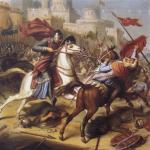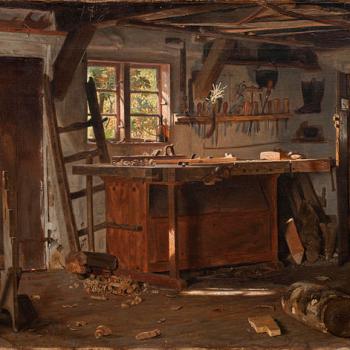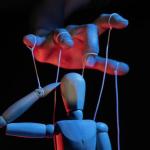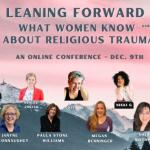
(Wikimedia Commons public domain photo)
In Sir Arthur Conan Doyle’s 1890 novel The Sign of the Four, Sherlock Holmes explains his method as a private detective to Dr. Watson: “When you have eliminated the impossible,” he says, “whatever remains, however improbable, must be the truth.”
If a person is determined to disbelieve in the proposition that Jesus rose physically from the dead, if that person dismisses the notion as flatly impossible and unworthy of serious consideration, just about any alternative hypothesis might serve to explain the claim. Here’s a really good one, from L. Eisenberg, “A New Natural Interpretation of the Empty Tomb,” International Journal for Philosophy of Religion (2016): 133-143, as summarized by Andrew Loke, in his book Investigating the Resurrection of Jesus Christ: A New Transdisciplinary Approach (Routledge, 2020), 144:
Eisenberg (2016) has combined a variation of the swoon hypothesis and the remain buried hypothesis together with the intramental hypothesis and the mistaken identity hypothesis. The key question asked by Eisenberg is this: What would have happened if those who retrieved Jesus’ body found that he was still alive? Eisenberg suggests the following scenario: Jesus survived the crucifixion and was discovered to be barely alive by the few followers (e.g., Joseph [of Arimathea]) who retrieved him. Hoping that Jesus would survive, and fearful that the Romans would discover he had illegally rescued a condemned man, Joseph faked the burial of Jesus (by having his slaves go to an available tomb, carrying a corpse-shaped bundle of burial cloth, placed it inside, and then sealed the tomb) while trying to revive Jesus. However, Jesus expired soon after, and was buried quietly in an anonymous grave. Nevertheless, rumour of his survival reached his followers and the Romans, who opened the tomb and discovered the body missing. To sooth their grief the disciples seized on the rumour of Jesus’ survival and encouraged each other to hear the voice and see the image of Jesus in other people, which later became interpreted as a physical resurrection. . . .
[R]eports of feeling the presence of a post-crucifixion Jesus in another person would have been readily accepted by disciples given the fact that people of the first century commonly believed in possession by demons or spirits, visitations by gods, and the transmigration of souls, and given that Jesus predicted his own resurrection.
Right. Sure. I’m convinced.
If you just toss all of the primary-source accounts out the window and invent a new narrative out of whole cloth, you’ll come up with quite a different story!
There is, of course, precisely no evidence that Jesus was found still barely alive after his crucifixion. There is no evidence that Joseph of Arimathea faked the burial of Jesus. There is no evidence that Jesus died after attempts to revive him or that he was buried quietly in an anonymous grave. There is no evidence the disciples encouraged each other to hear the voice and see the image of Jesus in other people. (Would they really have given their lives for such a silly cause?)
I’m reminded of the atheistic Utah historian Dale Morgan (1914-1971), who was once something of a fashionable darling of cultural Mormons. In 1945, he wrote a letter to the believing Latter-day Saint historian Juanita Brooks (1898-1989, the heroic pioneer on serious scholarship about the Mountain Meadows Massacre) in which he stated the fundamental issue between them with unusual frankness and candor: “With my point of view on God,” he said, “I am incapable of accepting the claims of Joseph Smith and the Mormons, be they however so convincing. If God does not exist, how can Joseph Smith’s story have any possible validity? I will look everywhere for explanations except to the ONE explanation that is the position of the church.” (Dale Morgan to Juanita Brooks, 15 December 1945, at Arlington, Virginia. Transcribed in John Phillip Walker, ed., Dale Morgan on Early Mormonism: Correspondence and a New History [Salt Lake City: Signature Books, 1986], 84–91. The quoted passage occurs on page 87.)
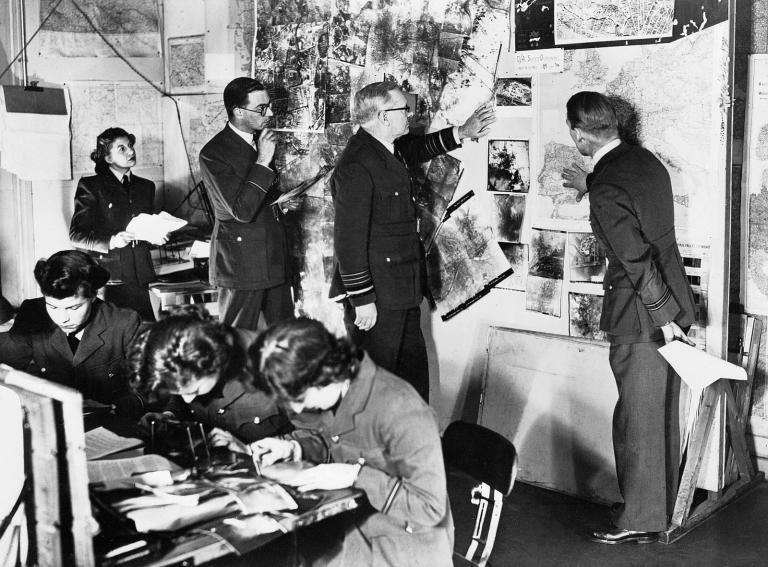
We spent last night in High Wycombe, Buckinghamshire, about half way between London and Oxford. My father spent several months there during World War II working on photo reconnaissance matters before he crossed the English Channel onto the European continent with General Patton’s Third Army.
High Wycombe is far enough out in the countryside that it wasn’t subjected to the V-1 and V-2 attacks that were terrifying London during that period, and my father was safe there.
But he wasn’t allowed to remain safe. He was a staff sergeant at the time, and one of the American captains assigned to High Wycombe regularly requisitioned him as a driver into London, where the V-1s and V-2s were raining down. Why? Because the captain, who had a wife back in the United States, was carrying on an affair with a female English military volunteer in the city. So my father was obliged to sit in London during the Captain’s adulterous trysts, under German assault. At one point, the captain was standing by a window in his love nest, looking out and smoking a cigarette, when a bomb or a rocket exploded nearby. The window shattered, and a shard of glass scratched his face. He received a Purple Heart for having been wounded by enemy action.
My father always lamented, though, that he had never seen London at night with its lights on. It was always under blackout during his time there. We got him back to Europe more than once, but one of my dreams was to take him to England so that he could see London illuminated in the dark. Unfortunately, I never did. I deeply regret that.
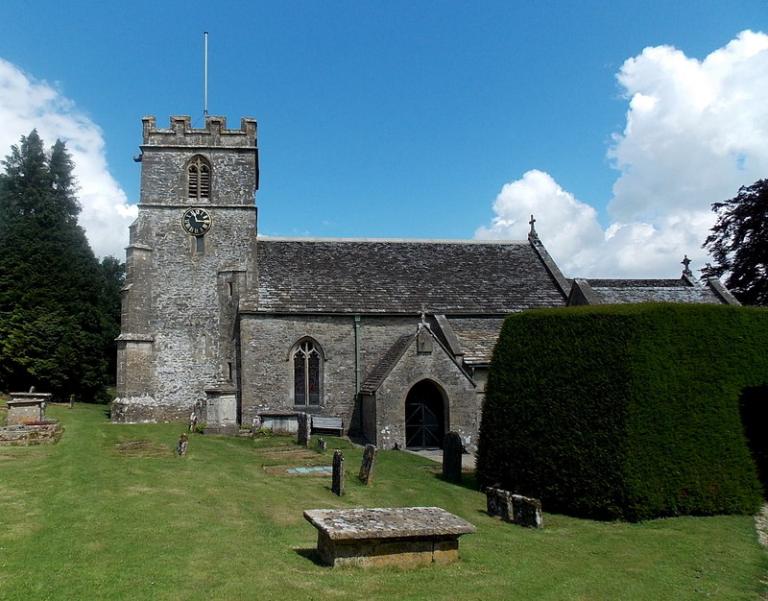
(Wikimedia Commons public domain photo by Jaggery)
Today was devoted to exploring some of the territory where my wife’s paternal ancestors lived (before they accepted the Restoration and gathered to Zion). Particularly, we visited a very pretty and very old village called Miserden (pronounced MIZZ-er-den) in the Cotswolds, with its Saxon Church of St. Andrew, as well as the equally old nearby village of Brimpsfield, where we had a pleasant conversation with a plainly well-traveled and well-educated local woman who, as a volunteer, was cleaning the interior of the Church of St. Michael.
Posted from Cheltenham, Gloucestershire, England



